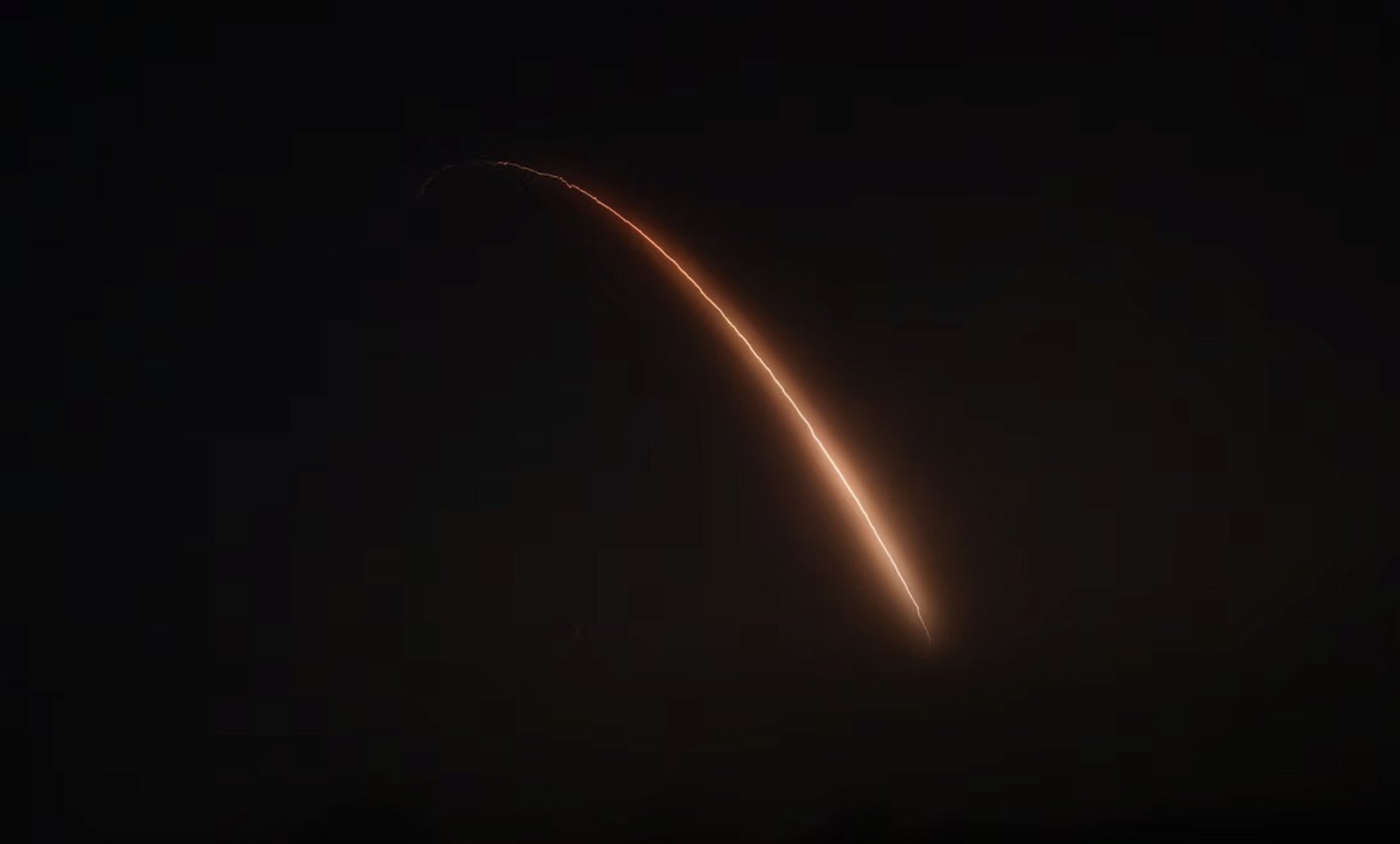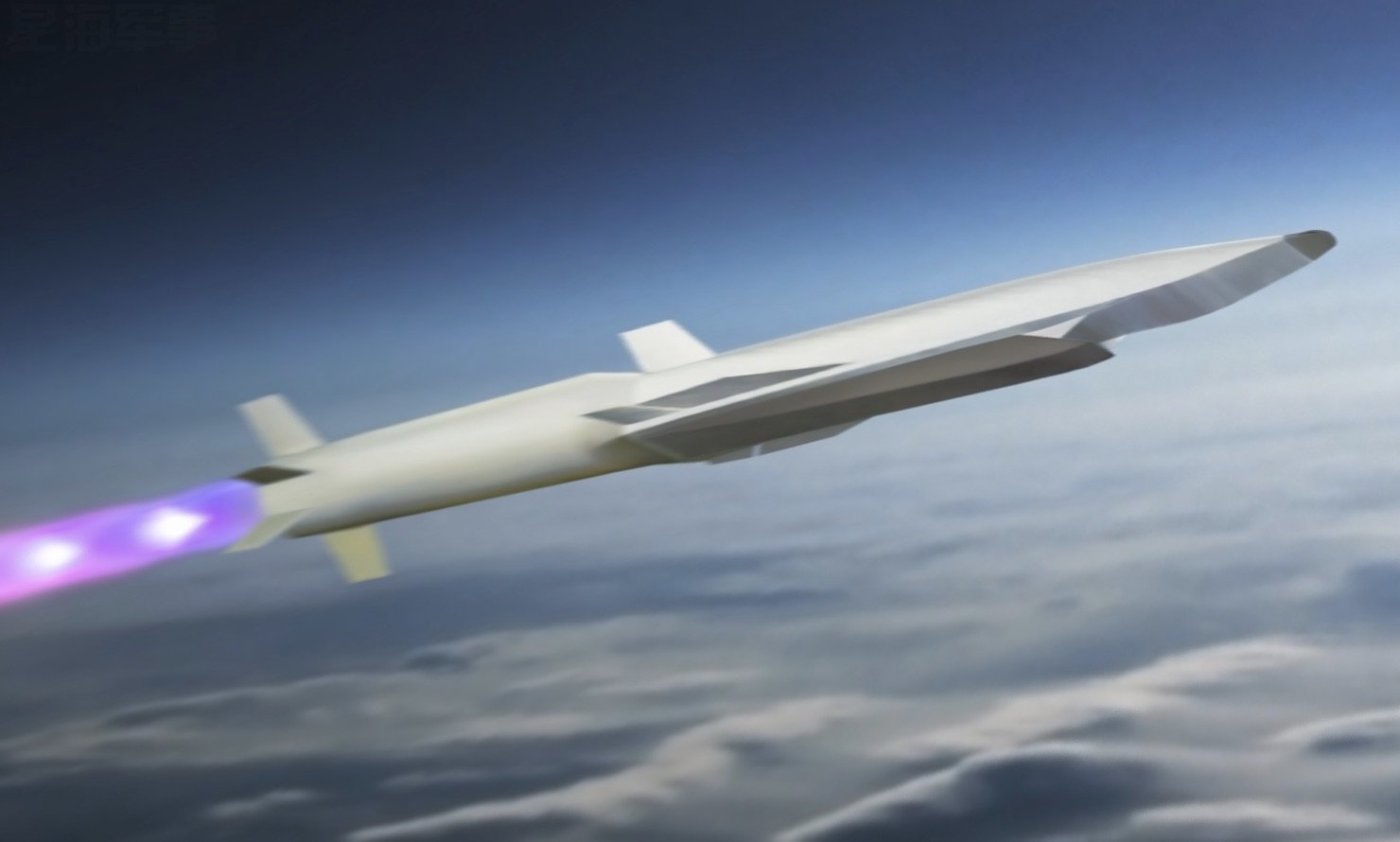The United States and Japan are reportedly planning to cooperate in the development of a hypersonic missile interceptor capable of defending against advanced aerospace threats currently being developed by foreign adversaries.
Details about the new international collaboration are expected to be announced at a Japan-U.S. summit that will be held on Friday.
The new missile interceptor development agreement between the nations was first reported by Japan’s Yomiuri Shimbun newspaper.
The development of hypersonic weapons by China, Russia, and North Korea has remained a concern for the U.S. and its allies in recent years.
The announcement this week is expected to further solidify the U.S. and Japan’s mutual aim to strengthen deterrence against such potential threats through the development of new capabilities that can fill the performance gaps in the current missile defense networks both countries rely on.


Capable of flying at speeds greater than five times that of sound, traveling at low altitudes, and following trajectories that make them difficult to track and intercept, even the best existing radar systems are presented with unique challenges by hypersonic weapons.
Earlier this year, Air Force Gen. Glen D. VanHerck said during a Senate Armed Services Subcommittee on Strategic Forces hearing that hypersonic weapons represent one of the most significant defense challenges the U.S. faces.
“Hypersonic weapons are extremely difficult to detect and counter given the weapons’ speed and maneuverability,” VanHerck said, adding that “the greatest risk for the United States stems from our inability to change at the pace required by the changing strategic environment.”
In late 2020, Russia announced the successful test launch of its Zircon hypersonic cruise missile, a weapon with a more than 600-mile range that the country’s military says is equipped to travel nine times the speed of sound. Similar developments in China involve tests of its waverider hypersonic flight vehicle, which the country claims can avoid any current missile defense systems.
North Korea has also undertaken hypersonic weapons tests since late 2021, with one test flight that occurred in January 2022 estimated to have reached speeds as much as 10 times the speed of sound.
Based on these developments, over the next decade, the U.S. and Japan plan to develop a new interceptor missile that can match the developments being undertaken by our adversaries.
Along with the development of a new advanced interceptor missile, it was reported this week that the United States plans to deploy a new constellation of satellites that will complement the joint U.S. and Japanese effort.
Sources told the Yomiuri Shimbun over the weekend that Tokyo is planning to enhance the country’s defensive and offensive capabilities by making the development of new interceptor missiles and existing long-range missiles a priority, in accordance with plans outlined in Japan’s National Defense Strategy issued late last year.
This is not the first time such a collaboration has occurred between the U.S. and Japan. In the past, the two nations worked together on similar objectives with their collaboration on the SM-3 Block IIA in 2017.
Late last year, the two countries also participated in a series of joint live-fire exercises called Japan Flight Test Mission–07 (JFTM–07), which were undertaken by the Japan Maritime Self-Defense Force (JMSDF) and the United States Missile Defense Agency (MDA).
It was reported this week that U.S. President Joe Biden and Japanese Prime Minister Fumio Kishida will discuss an agreement between the nations at Friday’s summit, under which the newest joint interceptor development effort is expected to be included.
Micah Hanks is the Editor-in-Chief and Co-Founder of The Debrief. He can be reached by email at micah@thedebrief.org. Follow his work at micahhanks.com and on Twitter: @MicahHanks.

